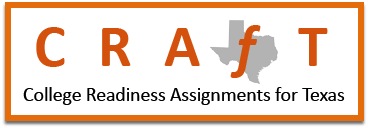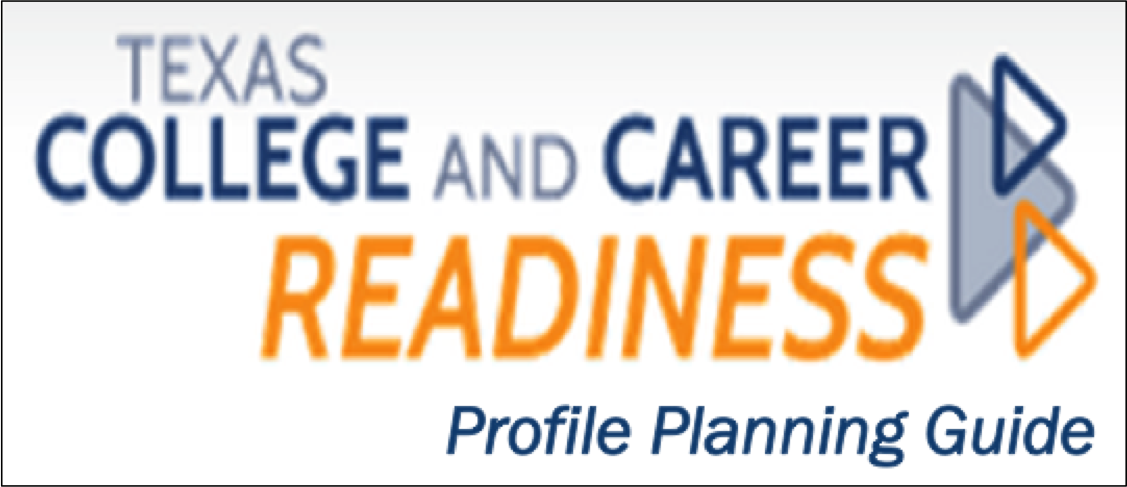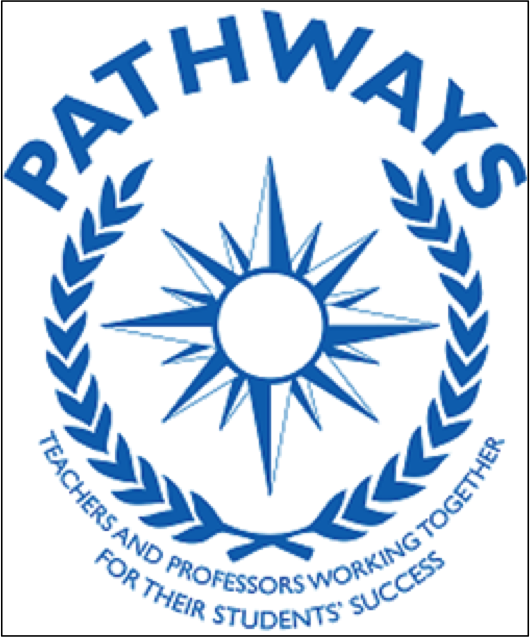|
|
|
A. Basic mathematics conventions
1. Understand the real number system and its properties.
a. Calculate sums, differences, products, and quotients of real numbers.
b. Determine rates from magnitudes (e.g., speed from time and distance) and magnitudes from rates (e.g., the expected number of births if the birth rate and population size are known; the estimated age of an artifact from carbon-14 data).
c. Convert compound units (e.g., kilometers per hour into meters per second).
d. Calculate circumference and area of rectangles, triangles, and circles, and the volumes of rectangular solids
2. Use exponents and scientific notation.
a. Calculate sums, differences, quotients, and products using scientific notation.
3. Understand ratios, proportions, percentages, and decimal fractions, and translate from any form to any other.
a. Calculate the relationships among common fractions, decimal fractions, and percentages.
b. Calculate what percentage one number is of another and take a percentage of any number (e.g., 10 percent off, 60 percent gain).
c. Find the reciprocal of any number.
4. Use proportional reasoning to solve problems.
a. Solve problems in which the result is expressed as a ratio or proportion of the starting conditions (e.g., predict genotype of parents if traits of offspring are known; starting from a known concentration, calculate the new concentration after serial dilutions; calculate doubling time of a population from growth rate).
5. Simplify algebraic expressions.
a. Determine by numeric substitution the value of simple algebraic expressions [e.g., the expressions aX+bY, a(A+B), and (A-B)/(C+D)].
6. Estimate results to evaluate whether a calculated result is reasonable.
a. Estimate familiar lengths, weights, and time periods.
b. Estimate distances and travel times from maps.
c. Estimate actual sizes of objects based on scale drawings.
d. Estimate probabilities of outcomes of familiar situations, either on the basis of history (e.g., the fact that a certain football team has won its opening game eight times in the last 10 years) or on the basis of the number of possible outcomes (e.g., there are six sides on a die).
e. Trace the source of any large disparity between the estimate and the calculated answer.
f. Figure out what the unit (e.g., seconds, square centimeters, dollars per tankful) of the answer will be from the inputs to the calculation.
7. Use calculators, spreadsheets, computers, etc., in data analysis.
a. Read and follow step-by-step instructions given in calculator manuals when learning new procedures.
b. Make up and write out simple algorithms for solving problems that take several steps.
c. Report the appropriate units with the numerical answer.
d. Judge whether an answer is reasonable by comparing it to an estimated answer.
e. Round off the number appearing in the answer to an appropriate number of significant figures.
f. Demonstrate competency in using scientific notation features on calculators.
B. Mathematics as a symbolic language
1. Carry out formal operations using standard algebraic symbols and formulae.
a. Solve for unknown variables in an algebraic equation (e.g., solve for gas pressure, volume, or temperature given an initial set of gas conditions).
2. Represent natural events, processes, and relationships with algebraic expressions and algorithms.
a. Translate a narrative into an algebraic expression (e.g., write an equation from a word problem).
C. Understand relationships among geometry, algebra, and trigonometry
1. Understand simple vectors, vector notations, and vector diagrams, and carry out simple calculations involving vectors.
a. Carry out simple mathematical operations such as those presented in pre-calculus courses (e.g., determining slopes of lines or rates of change).
b. Convert a numerical vector quantity (e.g., magnitude and direction) into a graphical vector representation.
c. Perform graphical vector addition and subtraction.
2. Understand that a curve drawn on a defined set of axes is fully equivalent to a set of algebraic equations.
a. Construct graphs from given equations.
b. Predict the shape of a curve without graphing.
c. Plot the values of a given algebraic equation for a reasonable set of numerical parameters.
3. Understand basic trigonometric principles, including definitions of terms such as sine, cosine, tangent, cotangent, and their relationship to triangles.
a. Use sine, cosine, tangent, etc., to carry out numerical and algebraic calculations using these terms.
4. Understand basic geometric principles.
a. Use geometric principles to solve problems dealing with molecular angles, optics, and surface area to volume ratios.
b. Compute angle values using various geometric principles including the sum of angles in a triangle, alternate interior angles, and similar triangles.
D. Scientific problem solving
1. Use dimensional analysis in problem solving.
a. Use dimensional analysis to facilitate setting up calculations and to judge whether a final solution is reasonable.
b. Convert complex metric units using dimensional analysis (e.g., kilograms per cubic meter to grams per cubic centimeter).
E. Scientific application of probability and statistics
1. Understand descriptive statistics.
a. Given a set of data, compute the mean, median, mode, range, standard deviation, standard error, and percent error.
b. Evaluate whether two or more data sets show significant differences by comparing means, standard deviations, and standard errors.
c. Use appropriate statistical tests to evaluate hypotheses.
F. Scientific measurement
1. Select and use appropriate Standard International (SI) units and prefixes to express measurements for real-world problems.
a. Know common SI prefixes (pico to tera), their abbreviations, and their associated powers of 10.
b. Use SI base units (e.g., kilograms, meters) and derived units (e.g., liters, joules, grams per cubic centimeter).
c. Understand the relationship and usage of SI and standard English units in daily measurements.
2. Use appropriate significant digits.
a. Know the rules for adding, subtracting, multiplying, and dividing measurements using the appropriate number of significant digits.
b. Apply an understanding of significant digits and estimated digits to evaluate and guide selection of appropriate measuring devices.
c. Make measurements using various devices and record data with the correct number of significant figures.
d. Distinguish between accuracy (i.e., closeness to true value), and precision (i.e., reproducibility).
3. Understand and use logarithmic notation (base 10).
a. Using log tables or calculators, determine the log of a number between 1 and 10, and determine the value of a number from its logarithm (base 10).
b. Express the value of the log (base 10) of a number greater than 10 or less than 1, using scientific notation.
c. Recognize, without the help of log tables or calculators, the log (base 10) of any power of 10.
d. Add or subtract numbers expressed as logs accurately to determine values represented.
e. Use logarithms for calculations involving numbers less than one or greater than 10 (i.e., numbers expressed with exponents of ten in scientific notation).
f. Calculate the pH of a given molar concentration of an acid or alkaline (basic) solution.


 Show Printable Version
Show Printable Version



